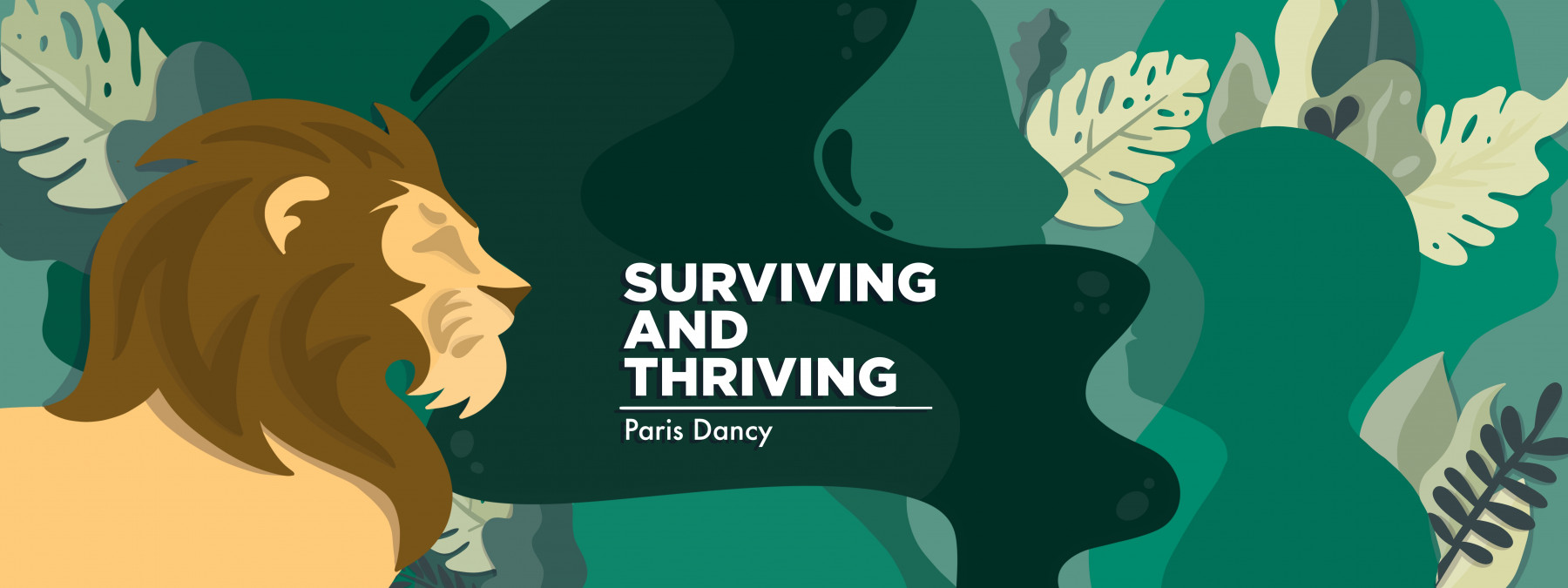When Life Throws a Curveball, You Have to See It as a Good Batter Does

“Life threw me a curveball” is a saying people use to describe an unexpected situation that’s come up in their lives. In baseball, a curveball is a common part of a pitcher’s arsenal. It’s used to throw off the batter’s timing and keep him off balance, not knowing where the pitch will go.
The one thing all coaches teach, or should teach, batters is to sit back and wait for the curveball to get into the strike zone before trying to hit it. The other reason batters sit back and wait is to recognize the pitch.
A curveball can have an over-the-top spin, when the ball looks as if it’s in the strike zone, but then sharply drops out of the hitter’s reach. This usually comes from a pitcher whose throwing motion is over the top or close to it. Then there are pitchers who throw sidearm, and their curve has a rotation that looks like it’s going to hit the batter before it spins into the strike zone.
A pitcher with a good curveball will make you look bad. A pitcher with a great curveball will make you look foolish.
For most of us who’ve had to experience living with Cushing’s disease, the diagnosis is the pitcher and the symptoms are the curveball, because they come from so many angles. My Cushing’s symptoms and pituitary tumor have been the curveballs in my life. I never saw them coming.
I have always been good with the fastballs because I could anticipate where most pitchers wanted to locate this pitch. But these two Cushing’s developments, like curveballs, forced me to sit back and wait. I had to assess the symptom and what it was doing to me. Each time I wasn’t giving myself time to rest or heal properly, I’d look bad.
I’ve learned to balance myself better and sit back on some things a pituitary tumor and Cushing’s symptoms have tried to throw at me. Instead of bailing out when something looks like it’s going to hit me, I’ve been able to recognize the pitch and not pull the hit, but stay with it and go the other way.
Making adjustments is the key. Without doing this, you will miss every time because you’re still trying to do what you used to do, and you’ve missed the curve. The next time life tries to throw you a curveball, sit back, wait, adjust, and drive it right back.
Note: Cushing’s Disease News is strictly a news and information website about the disease. It does not provide medical advice, diagnosis, or treatment. This content is not intended to be a substitute for professional medical advice, diagnosis, or treatment. Always seek the advice of your physician or other qualified health provider with any questions you may have regarding a medical condition. Never disregard professional medical advice or delay in seeking it because of something you have read on this website. The opinions expressed in this column are not those of Cushing’s Disease News or its parent company, Bionews, and are intended to spark discussion about issues pertaining to Cushing’s.







Leave a comment
Fill in the required fields to post. Your email address will not be published.